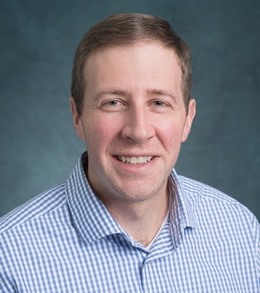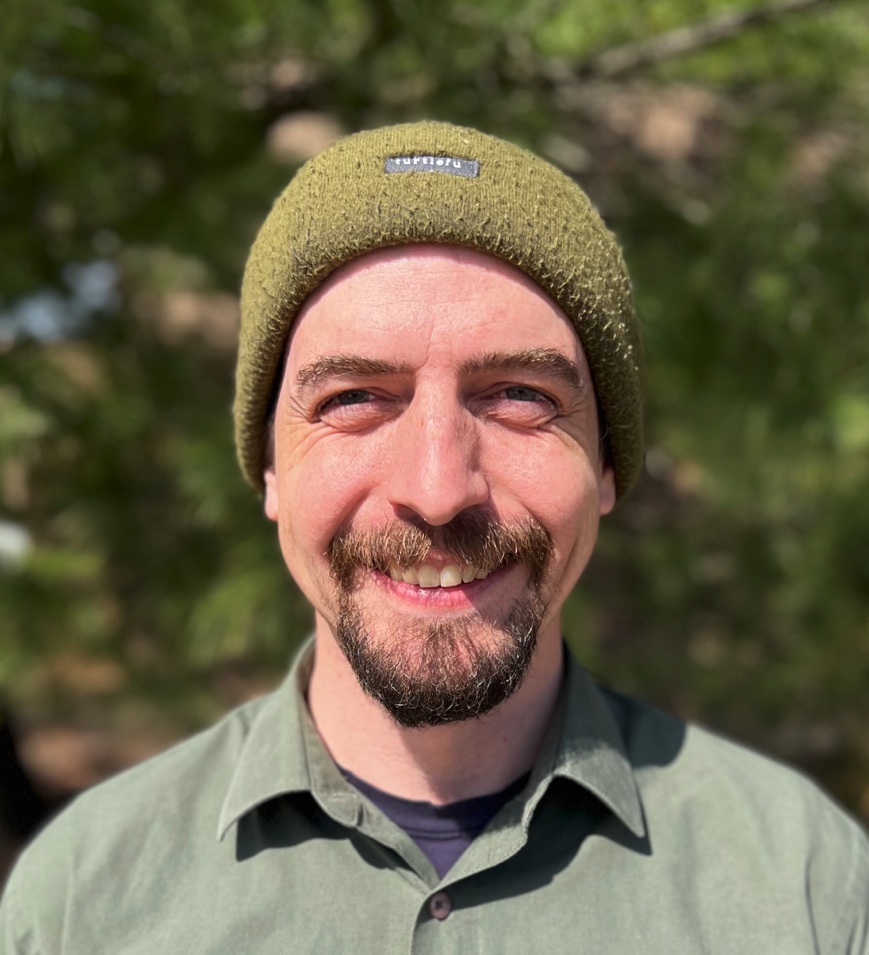Multi-institutional team of weed scientists helping build genomic resources for agriculture industry, scientific community
The International Weed Genomics Consortium is geared toward assembling genomes to combat weed issues in plant agriculture and develop a greater understanding of plant functions.
 Sprouting seemingly anywhere and everywhere if left untreated, weeds are one of a farmer’s most formidable foes. The problem is so ubiquitous that a 2018 informal study by Farm Journal Pulse of more than 860 U.S. farmers showed that 78% said they would favor controlling weeds if they could eliminate a single pest completely, as opposed to insects, diseases or nematodes.
Sprouting seemingly anywhere and everywhere if left untreated, weeds are one of a farmer’s most formidable foes. The problem is so ubiquitous that a 2018 informal study by Farm Journal Pulse of more than 860 U.S. farmers showed that 78% said they would favor controlling weeds if they could eliminate a single pest completely, as opposed to insects, diseases or nematodes.
Growers dole out more than $6.6 billion each year on herbicides and application, according to the Crop Protection Research Institute. But what if there were ways to reduce this cost and deploy more effective weed-control methods?
Researchers from the International Weed Genomics Consortium (IWGC) are endeavoring to do just that through the annotation of several weed genomes. Led by Colorado State University (CSU) and Todd Gaines, an associate professor in CSU’s Department of Agricultural Biology, the IWGC is a partnership among academic institutions, plant agriculture industries, nonprofits and governmental organizations.
The project is governed by an executive committee that features researchers from CSU, Kansas State University, Michigan State University (MSU), the Global Herbicide Resistance Action Committee, and Rothamsted Research, a nonprofit research center in the United Kingdom. A strategy board composed of industry partners oversees research direction and progress.

“The IWGC has three objectives, which are to generate genomics resources for weeds, provide tools and training for weed scientists to utilize genomics in their research, and to create spaces for networking to bring in new perspectives to weed genomics,” Gaines said. “Our founding members saw great value in these objectives, particularly in the benefit of pooling resources to achieve more results in a faster timeframe.”
Genome annotations aren’t the flashiest findings in plant science, but they’re the foundation upon which a multitude of discoveries can be made. With this resource, agribusinesses can uncover new traits, develop smarter and more targeted herbicides, identify new and invasive species, and learn about factors that play into herbicide resistance.
The IWGC began with industry investment from companies that have an interest in these areas, including BASF, Bayer, Corteva and Syngenta.
“From an industry perspective, genetic information on weedy species is of utmost importance to understand the genetic basis and evolution of herbicide resistance,” said Bodo Peters, head of project and product support for Bayer AG. “It also contributes to the discovery of the next generation of resistance-breaking herbicides and to better understand herbicide selectivity in crops. The establishment of the IWGC and the creation of high-quality genomes has been essential for the identification of new targets to counteract resistance and improve the overall success of our research efforts.”
The original vision was a three-year initiative that would complete genomes for 10 of the most economically relevant weed species, but as the researchers began compiling information, it became clear they would breeze past that goal.
Eric Patterson, an assistant professor in the MSU Department of Plant, Soil and Microbial Sciences and MSU AgBioResearch scientist, joined the university in 2019 after studying in Gaines’ lab for his doctoral degree. Patterson’s expertise in computational biology — using large amounts of data for analysis and modeling to understand biological systems — is essential to the IWGC’s efforts.

Today, the group has more than 50 species and 70 genomes in its database, including new genomes produced by members of the IWGC, some produced by collaborators without IWGC support, and others that are publicly available. Using a novel gene-annotation pipeline that relies on recent innovations in DNA sequencing, the team is able to generate annotations quicker and more accurately than ever.
Examples of completed, full-chromosome-scale genomes include species such as annual ryegrass, smooth pigweed, common lambsquarters, wild oat and yellow nutsedge, among others — economically significant weeds in North American cropping systems.
“MSU is well-equipped to handle the computational side of things for the IWGC due to our university’s infrastructure and expertise,” Patterson said. “We’ve blown past that initial goal of 10 genomes and have currently annotated 30, 15 of which from start to finish in IWGC and the other 15 being started by a different group and finished here. There are currently many more in the pipeline. We’re putting an emphasis on relevant weeds to the agricultural industry, of course, but there’s much more that scientists can do with these resources.”
Patterson said that in addition to agricultural applications, weed genomes can have a broader role in the scientific community. They can be used as models to understand more about evolution, molecular ecology, plant biochemistry and physiology — some of the key aspects of organism function and development.
“Future work will help determine how far and how frequently genes flow in weeds, helping to explain movement of weeds across and between continents, and providing information to help prevent agricultural biosecurity threats from new invasive weeds,” Patterson said. “We think that weed genomes can be a platform for scientific innovation.”
The early success of the IWGC has attracted further investment through the Foundation for Food & Agriculture Research (FFAR), a nonprofit building collaborative public-private partnerships to support science addressing today’s food and agriculture challenges. The new funding doubled the IWGC’s budget, presenting new opportunities for global collaboration.
“With their ability to withstand extreme climates, viruses and other threats, the insidious nature of weeds is also their selling point,” said Jeffrey Rosichan, director of FFAR’s Crops of the Future Collaborative. “Developing these traits in commonly consumed crops would revolutionize agricultural potential. By unlocking the genomes of weed species, the IWGC is helping to ensure food and nutritional security in the face of climate change.”
 An annual conference has been established using FFAR support, where worldwide leaders in plant genomics gather to share thoughts, ideas and research results. The IWGC has also adopted a training component, highlighting the need to prepare the next generation of researchers and recruiting underrepresented populations to join the weed science field.
An annual conference has been established using FFAR support, where worldwide leaders in plant genomics gather to share thoughts, ideas and research results. The IWGC has also adopted a training component, highlighting the need to prepare the next generation of researchers and recruiting underrepresented populations to join the weed science field.
“We know that science is better and more successful when more voices and perspectives are part of the process,” Gaines said. “We are doing things like sponsoring early career scientists to attend conferences and recruiting students for research experience for undergraduate (REU) positions to get a more diverse group of people involved in weed genomics. We hope that these efforts will help to build a more diverse and inclusive career pipeline into weed science.
“For example, undergraduate students who are familiar with smallholder agriculture and at academic institutions such as historically Black colleges and universities, tribal colleges and universities, and Hispanic-serving institutions, may not be thinking about weed science as a career field. We want them to know that there are great opportunities for them, and their contributions will help change the future.”
To continue making these important discoveries and training new scientists, however, additional support will be necessary. Although the initial phase of the project is coming to a conclusion soon, IWGC leaders believe there’s more to be done.
“With the achievements to date, we’re hopeful that our partners are seeing the value of our work and would like it to continue,” Patterson said. “We’re fortunate to have great industry, nonprofit and governmental collaborators, as well as an impressive team of academic scientists. As we’ve seen the scope of our capabilities expand, it’s become apparent that we have a lot more we can accomplish.”



 Print
Print Email
Email




